|
Tao Te Ching
THE TAOISM OF LAO TZU
|
Tao Te Ching
|
The Book
The Taoism of Lao Tzu Explained. The great Taoist philosophy classic by Lao Tzu translated, and each of the 81 chapters extensively commented. Click the image to see the book at Amazon (paid link). |
Unselfishness
The well-known reward for the unselfish is the praise received. Another benefit is hinted in the example of Heaven and Earth: The ones who don't live for themselves will endure, because that path is less straining, less of a struggle.
Those who strive to get ahead are quickly fatigued and wear themselves down. Impatience and discontent are poison to the mind, therefore to the body as well. That's how it works. The one who chases his own happiness will never catch it. He just rushes from the cradle to the grave. He may reach far and gather a fortune, but when will he have time to enjoy it?
The humble ones with modest demands are easily satisfied and therefore soon to be joyous. Their joy lasts, because it's undisturbed by temptation. Such an attitude towards life is appeasing to the mind and a remedy for the body.
There is no guarantee for longevity, but those who are pleased with their situation have a better chance at it than those who never get enough.
Of course, the reward for unselfishness can create a paradox. Considering such a reward, what selfish man would not try his utmost to be unselfish – at least enough to receive the benefits of it? That would be selfish unselfishness.
I doubt that it matters, though. We shape our lives and affect the lives of others by our deeds, not by the thoughts behind them. A good deed is helpful, whatever the reason for it. Considering the sad state much of the world is in, we can't afford to be picky. A good deed does good, even if its purpose is selfish.
Furthermore, it's quite possible that a selfish benefactor will be so pleased with the outcome that he forgets his original intention. That's one of the finer sides of mankind – delight and pleasure are contagious. Unfortunately, so are bitterness and anger. Another reason for encouraging good deeds of whatever intent.
NEXT
Tao Te Ching Explained
Preface
Introduction
Literature
translated and explained by Stefan Stenudd.
1 |
2 |
3 |
4 |
5 |
6 |
7 |
8 |
9 |
10 |
11 |
12 |
13 |
14 |
15 |
16 |
17 |
18 |
19 |
20 |
21 |
22 |
23 |
24 |
25 |
26 |
27 |
28 |
29 |
30 |
31 |
32 |
33 |
34 |
35 |
36 |
37 |
38 |
39 |
40 |
41 |
42 |
43 |
44 |
45 |
46 |
47 |
48 |
49 |
50 |
51 |
52 |
53 |
54 |
55 |
56 |
57 |
58 |
59 |
60 |
61 |
62 |
63 |
64 |
65 |
66 |
67 |
68 |
69 |
70 |
71 |
72 |
73 |
74 |
75 |
76 |
77 |
78 |
79 |
80 |
81 |
Tao Te Ching Explained
James Legge's Tao Te Ching
Aleister Crowley's Tao Te Ching
The 1st Chapter of Tao Te Ching in 76 Versions
Lao Tzu — Legendary Author of Tao Te Ching
My Taoism BooksClick the image to see the book at Amazon (paid link).
The Taoism of Lao Tzu Explained. The great Taoist philosophy classic by Lao Tzu translated, and each of the 81 chapters extensively commented. |
About Cookies
My Other Websites:
I Ching Online
The 64 hexagrams of the Chinese classic I Ching and what they mean in divination. Try it online for free.
Qi Energy Exercises
The ancient Chinese life energy qi (chi) explained, with simple instructions on how to exercise it.
Life Energy
The many ancient and modern life force beliefs all over the world explained and compared.
Taoismen på svenska
Other Books by Stefan Stenudd
Click the image to see the book at Amazon (paid link).
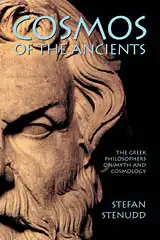 Cosmos of the Ancients
Cosmos of the Ancients
The Greek philosophers and what they thought about cosmology, myth, and the gods.
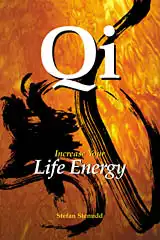 Qi — Increase Your Life Energy
Qi — Increase Your Life Energy
The life energy qi (also chi or ki) explained, with exercises on how to awaken, increase and use it.
 Aikido Principles
Aikido Principles
Basic concepts of the peaceful martial art. Aikido principles, philosophy, and fundamental ideas.
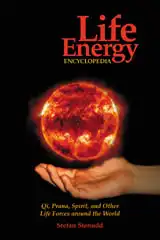 Life Energy Encyclopedia
Life Energy Encyclopedia
Qi, prana, spirit, ruach, pneuma, and many other life forces around the world explained and compared.
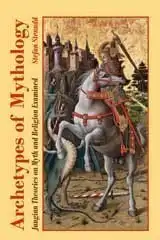 Archetypes of Mythology
Archetypes of Mythology
Jungian theories on myth and religion examined, from Carl G. Jung to Jordan B. Peterson.
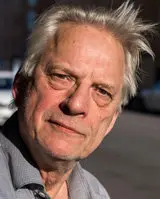 Stefan Stenudd
Stefan Stenudd
About me
I'm a Swedish author and aikido instructor. In addition to fiction, I've written books about Taoism and other East Asian traditions. I'm also an historian of ideas, researching ancient thought and mythology. Click the image to get to my personal website.Contact

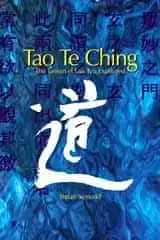 Tao Te Ching
Tao Te Ching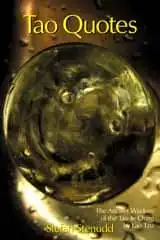 Tao Quotes
Tao Quotes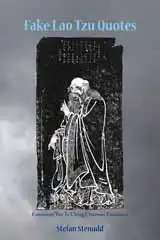 Fake Lao Tzu Quotes
Fake Lao Tzu Quotes